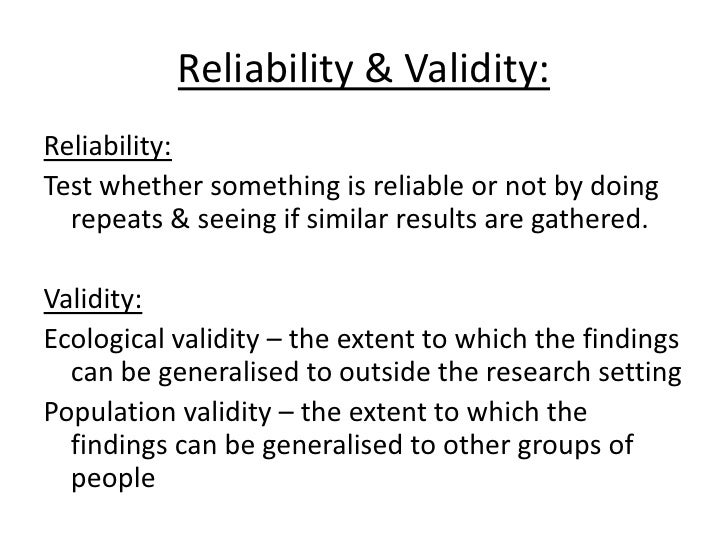
The researcher must, then, consider – for each measurement used – the question of its reliability and its validity. This will provide the best possible representation of the phenomenon being investigated. It is therefore essential to ensure that empirical indicators (or field data) are comparable to the measurements employed. These errors can include: actors giving false information tired observers transcribing their observations badly changes in the attitudes of respondents between two surveys or errors in the process of transforming qualitative data into quantitative data. However, numerous occasions for error are likely to arise, making every method of measuring phenomena or the subject being observed more difficult. One of the main preoccupations of researchers is to verify that the data they plan to collect in the field relates as closely as possible to the reality they hope to study.

We try to determine the degree to which a group of indicators represents a given theoretical concept. Through measurement, we try to establish a link between one or several observable indicators (a cross in a questionnaire, a sentence in a meeting or a document, an observed behavior, etc.) and an abstract concept, which is not directly observable, nor directly measurable, and which we aim to study.


In the social sciences, measurement can be defined as the process that enables us to establish a relationship between abstract concepts and empirical indicators (Carmines and Zeller, 1990).


 0 kommentar(er)
0 kommentar(er)
